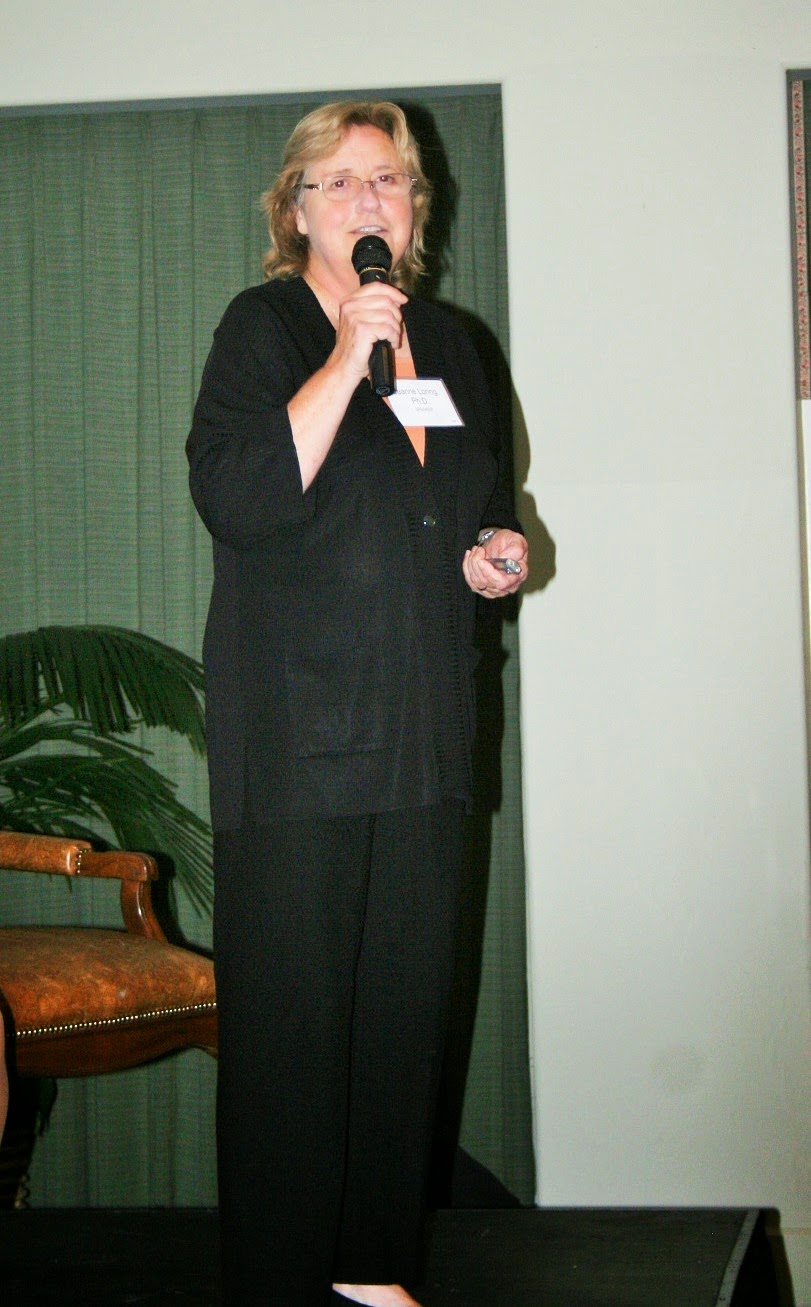Celebrating the warriors in our lives on Cancer Survivors Day, June 5th.
FACT: 1 in 3 women will get cancer in her lifetime.
Whatever the statistics, the encouraging news is that cancer diagnosis in women is declining. According to this year's "Cancers Facts and Figures" published by the American Cancer Society, death rates have been declining in men and women since the early 1990s. From 1991 to 2011, the combined death rate dropped 22%. Over the past 5 years (2007 to 2011), the death rate for all cancers combined decreased by 1.8% per year in men and 1.4% per year in women(1).
But what are the most diagnosed cancers in men and women?
Recent news highlights the encouraging discoveries of cures for patients with cancer-- by women for women --some examples are listed below, but you can read all about it in the original source here (2).
- Kimberly Blackwell, M.D., director of the breast cancer program at the Duke Cancer Institute in Durham, North Carolina, is researching a targeted drug which delivers chemo directly to cancer cells, which mitigates the side effects in cancer patients.
- Heather McArthur, M.D., a medical oncologist at Memorial Sloan Kettering Cancer Center in New York City, is working on a way to make the immune system attack breast cancer: Pre-surgery, she freezes tumors to kill cancer cells.
- Eva Galanis, M.D., chair of the Mayo Clinic's department of molecular medicine in Rochester, Minnesota, is using engineered strains of the measles virus to wipe out several types of cancer. The virus selectively enters cancer cells, which then fuse with other malignant cells nearby and self-destruct, with no harm to the rest of the body.
Breast Cancer (3):
- Dense breast tissue
- Previous radiation treatment to the chest
- A greater than average number of menstrual periods (starting before age 12, reaching menopause after age 55)
- No pregnancies, or having your first pregnancy after the age of 30
- Taking birth control pills
- Not breastfeeding
- Being overweight and having a high-fat diet
- Lack of exercise
- Drinking heavily
- 80 percent of all lung cancers in women might be avoided if people didn't smoke
- Smokers are 10 to 20 times more likely to get lung cancer than non-smokers.
- Family history also plays a part.
- Additional risk factors include exposure to second-hand smoke, radon gas, asbestos and pollution.
- A personal or family history of colorectal cancer, polyps, or inflammatory bowel disease
- Inactivity
- Smoking
- Heavy drinking
- Low-fiber, high-fat diet that includes lots of processed meat and few fruits and vegetables
- Hormonal changes, particularly related to estrogen during menopause
- A greater than average number of menstrual periods
- No pregnancies
- Taking estrogen therapy without progesterone
- Obesity and a high-fat diet
- Some kinds of ovarian non-cancerous tumors
- Polycystic ovarian syndrome
- Age
- Diabetes
- A family history of colon cancer
- A personal history of breast or ovarian cancer
- A weakened immune system, especially if related to long-term infection or organ transplant
- Age: Most cases occur in people 60 or older
- Exposure to certain chemicals, especially insecticides and herbicides
- Obesity
- Radiation exposure
- Autoimmune diseases
---------------
About the Doris A. Howell Foundation:
The Doris A. Howell Foundation for Women’s Health Research is committed to keeping the women we love healthy, advancing women’s health through research and educating women to be catalysts for improving family health in the community.
The organization does so by funding scholarships to scientists researching issues affecting women’s health; providing a forum for medical experts, scientists, doctors, researchers, and authors to convey the timely information on topics relevant to women’s health and the health. of their families through its Lecture and Evening Series, and by funding research initiatives that will create women’s health awareness and advocacy in the community.
---------------
Sources:
(1) http://seer.cancer.gov/statfacts/html/all.html
(2) http://www.foxnews.com/health/2014/10/03/12-exciting-cancer-breakthroughs-should-know-about/
(3) http://www.cancer.org/cancer/breastcancer/detailedguide/breast-cancer-risk-factors
(4) http://www.cancercenter.com/lung-cancer/risk-factors/
(5) http://www.pcf.org/site/c.leJRIROrEpH/b.5802027/k.D271/Prostate_Cancer_Risk_Factors.htm
(6) http://www.mayoclinic.org/diseases-conditions/endometrial-cancer/basics/risk-factors/con-20033696
(7) http://www.cancer.org/cancer/non-hodgkinlymphoma/detailedguide/non-hodgkin-lymphoma-risk-factors





Comments
Post a Comment